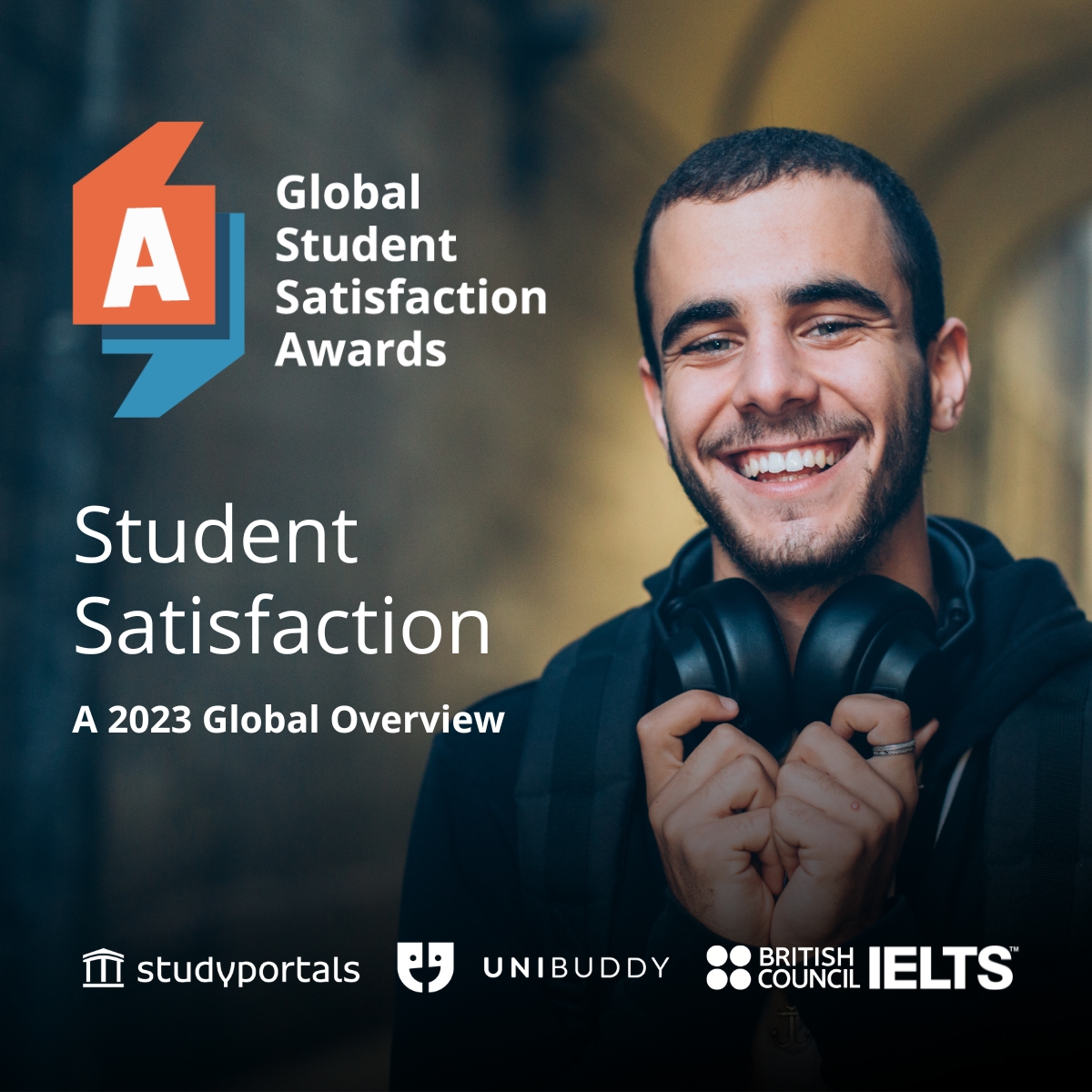Mapping English-taught programmes
[REPORT] With students having an unprecedented amount of options to study abroad, having access to all the relevant information to find and compare these options is becoming key to choosing the best study programme.
Studyportals now offers the most comprehensive information about the English-taught programmes at the top 1,000 universities in the world, which brings an unprecedented level of transparency to higher education and international study choice.
With a fast growing number of universities offering English-taught programmes (ETP), the competition for the 4.5 million internationally mobile is becoming increasingly global, but also more complex for students. The top 1,000 universities offer over 72,500 full-degree study options taught in English, are located in over 700 cities, and cover over 200 disciplines and sub-disciplines. Students also need to take into account multiple accreditation systems, application criteria, and even programme structures, as well as over 13 different ranking systems for universities. It comes as no surprise that the study choice process is a lengthy and complex one. The role of Studyportals is to combine all the critical information students need to make this choice, and make it easy to browse and digest.
Edwin van Rest, CEO of Studyportals
This is the original Studyportals dream come true: we’ve always wanted to help students find and compare all their study option from the best universities in the world because we believe that making good decisions starts with knowing your options. Choosing a new study programme without knowing your options is similar to buying a house but only looking at your block to make the decision. We want to make sure students make good choices and follow their dreams to study abroad.
FAQ
- Which English-taught programmes have been included in the visualisation?
- The visualisation includes all the English-taught Bachelor’s and Master’s full-degree programmes at the top 1,000 universities in the world. There are a few exceptions such as universities that did not want all their programmes listed, or had website problems from which we could not retrieve information about their courses. These universities have comments included in their description.
- How did you choose the list of universities?
- The universities were selected according to the top 1,000 Webometrics university rankings.
- Are these all the programmes listed on Studyportals’ platforms?
- While all the programmes in the visualisation are included on Studyportals’ BachelorsPortal.com and MastersPortal.com, these two portals list more than just the top 1,000 universities, as well as additional courses in other languages than English.
- How are the programmes added to Studyportals’ platforms?
- Studyportals gathers information through 3 (different) channels:
- University Administration account: Universities can create a free University Administration Account on Studyportals to list their programmes on our portals. By creating an account, universities gain access to edit and share the information of their programmes across all Studyportals platforms.
- Studyportals partner universities and clients: We have a dedicated team to manage and update the university and programme information for our clients. Our team will request the source for the information from the university, and insert the data for our clients in order to display customize and informative content to the website visitors.
- Selecting additional programmes: In order to help students worldwide, our team actively expands our coverage for study programmes. We gather information from universities’ website and reorganize the structure to provide the most relevant and valuable information for users/students. This makes it possible for students to search, filter, and read structured information about their education options. We always refer back to the primary source of the content, to make sure, students will know where to look for more detailed information and search engines like Google will also understand where the original content comes from.
- Studyportals gathers information through 3 (different) channels:
- What can I do if I want any additional information?
- for universities: contact marketing@studyportals.com
- for researchers:contact intelligence@studyportals.com
- for press: contact press@studyportals.com





